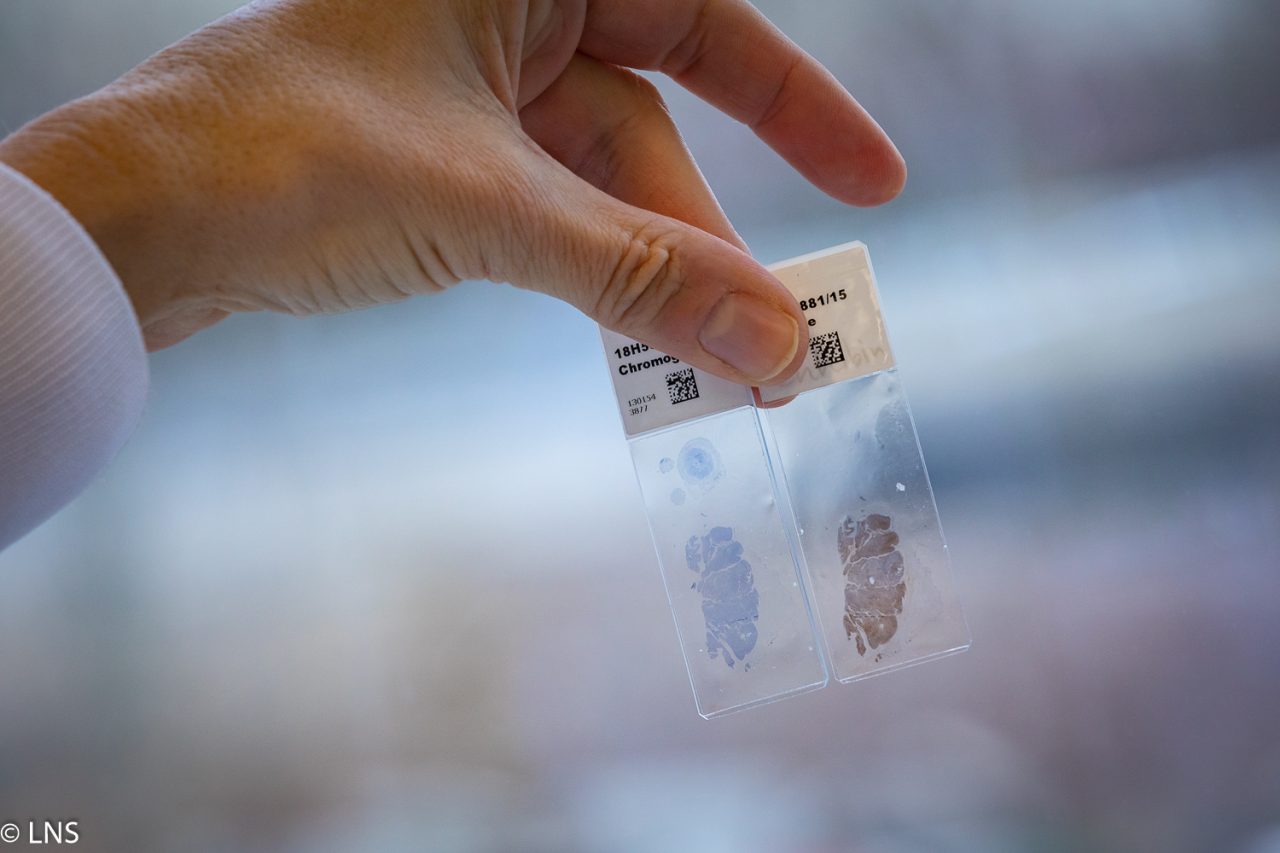

Authors: Pisapia P, Malapelle U, Roma G, Saddar S, Zheng Q, Pepe F, Bruzzese D, Vigliar E, Bellevicine C, Luthra R, Nikiforov YE, Mayo-de-Las-Casas C, Molina-Vila MA, Rosell R, Bihl M, Savic S, Bubendorf L, de Biase D, Tallini G, Hwang DH, Sholl LM, Vander Borght S, Weynand B, Stieber D, Vielh P, Rappa A, Barberis M, Fassan M, Rugge M, De Andrea CE, Lozano MD, Lupi C, Fontanini G, Schmitt F, Dumur CI, Bisig B, Bongiovanni M, Merkelbach-Bruse S, Büttner R, Nikiforova MN, Roy-Chowdhuri S, Troncone, G
Background:
Artificial genomic reference standards in a cytocentrifuge/cytospin format with well-annotated genomic data are useful for validating next-generation sequencing (NGS) on routine cytopreparations. Here, reference standards were optimized to be stained by different laboratories before DNA extraction and to contain a lower number of cells (2 × 105). This was done to better reflect the clinical challenge of working with insufficient cytological material.
Methods:
A total of 17 worldwide laboratories analyzed customized reference standard slides (slides A-D). Each laboratory applied its standard workflow. The sample slides were engineered to harbor epidermal growth factor receptor (EGFR) c.2235_2249del15 p.E746_A750delELREA, EGFR c.2369C>T p.T790M, Kirsten rat sarcoma viral oncogene homolog (KRAS) c.38G>A p.G13D, and B-Raf proto-oncogene, serine/threonine kinase (BRAF) c.1798_1799GT>AA p.V600K mutations at various allele frequencies (AFs).
Results:
EGFR and KRAS mutation detection showed excellent interlaboratory reproducibility, especially on slides A and B (10% and 5% AFs). On slide C (1% AF), either the EGFR mutation or the KRAS mutation was undetected by 10 of the 17 laboratories (58.82%). A reassessment of the raw data in a second-look analysis highlighted the mutations (n = 10) that had been missed in the first-look analysis. BRAF c.1798_1799GT>AA p.V600K showed a lower concordance rate for mutation detection and AF quantification.
Conclusions:
The data show that the detection of low-abundance mutations is still clinically challenging and may require a visual inspection of sequencing reads to detect. Genomic reference standards in a cytocentrifuge/cytospin format are a valid tool for regular quality assessment of laboratories performing molecular studies on cytology with low-AF mutations.
Cancer Cytopathology, Volume 127, Issue 5, May 2019, Pages 285-296